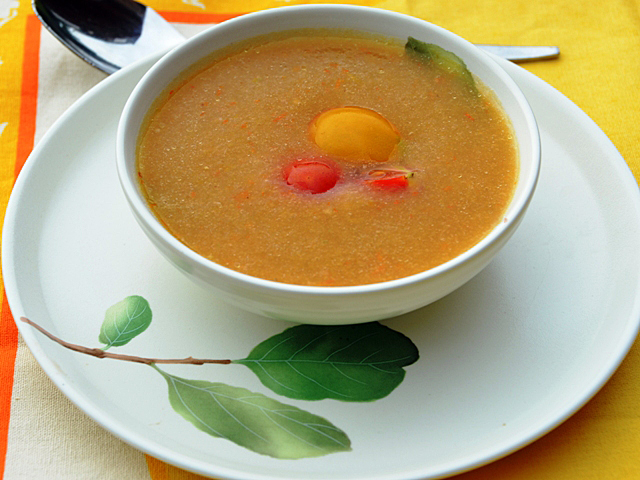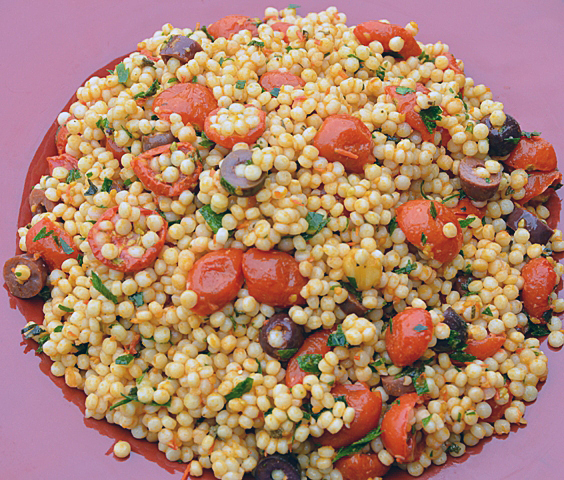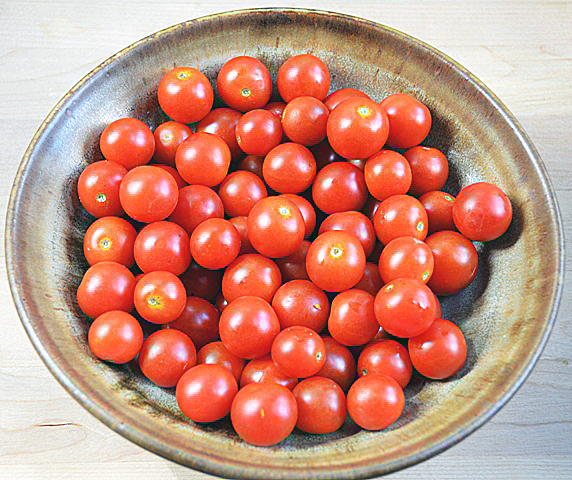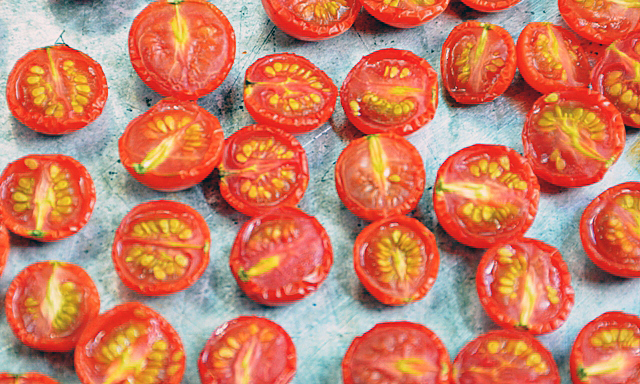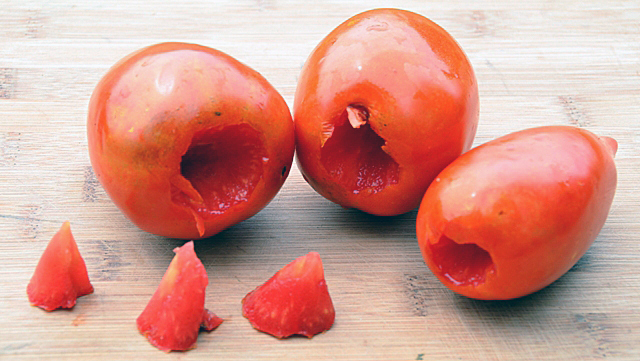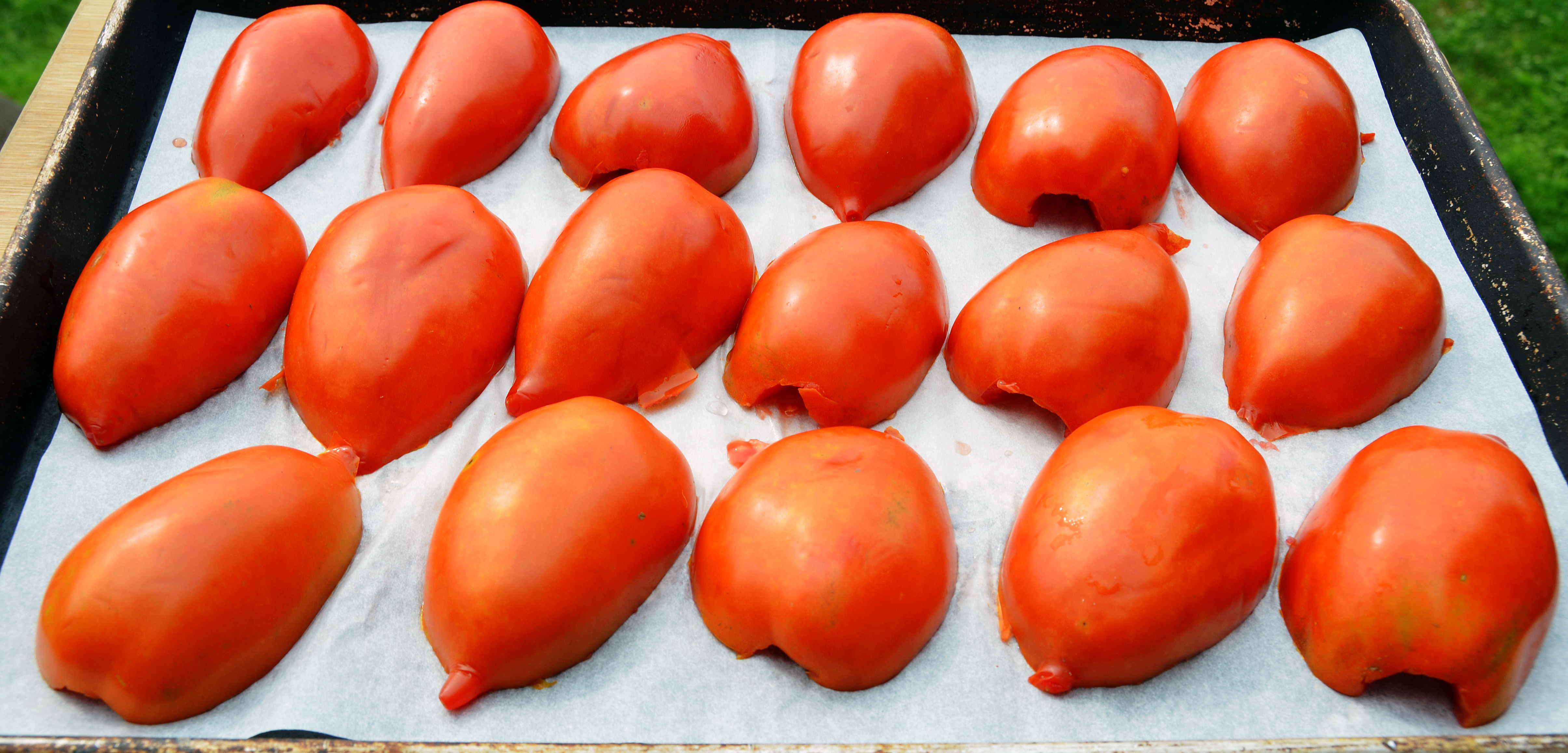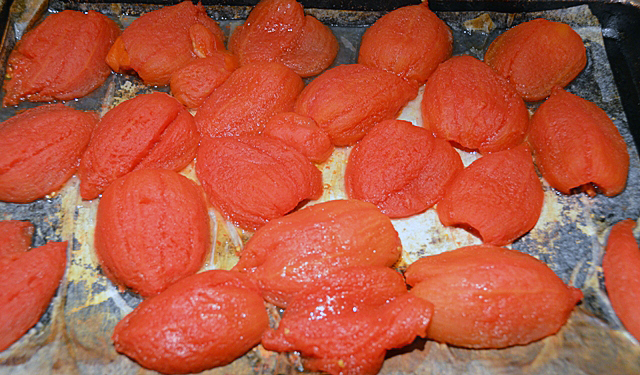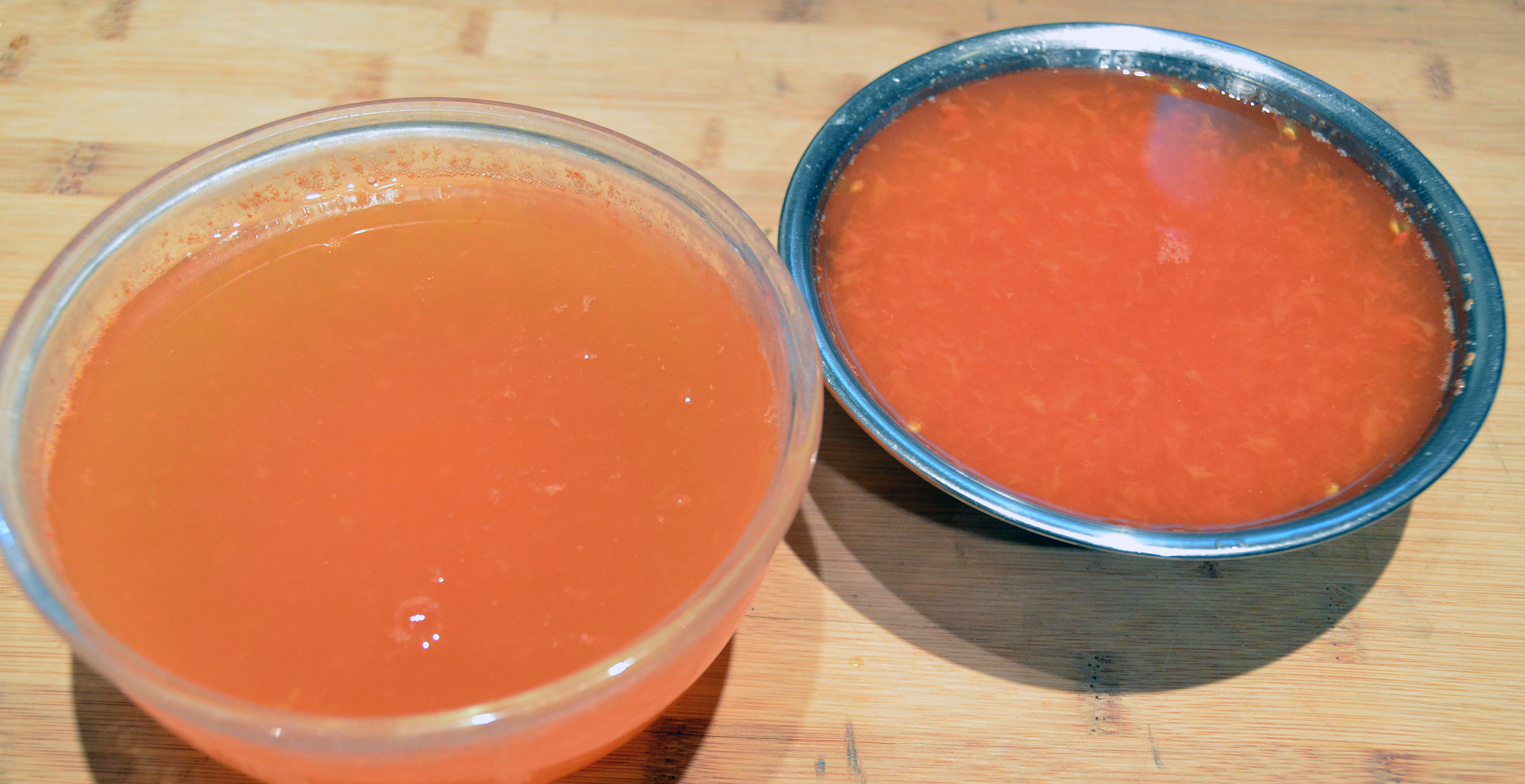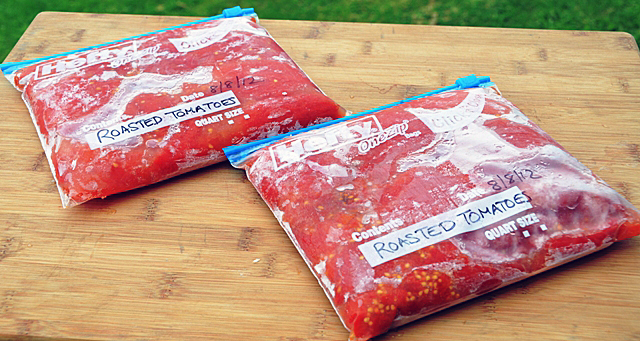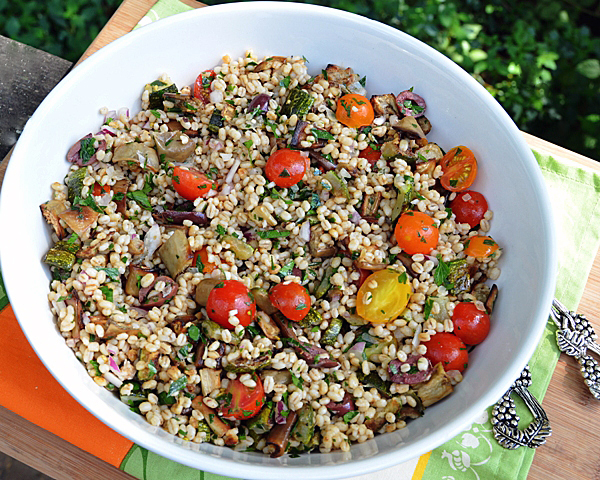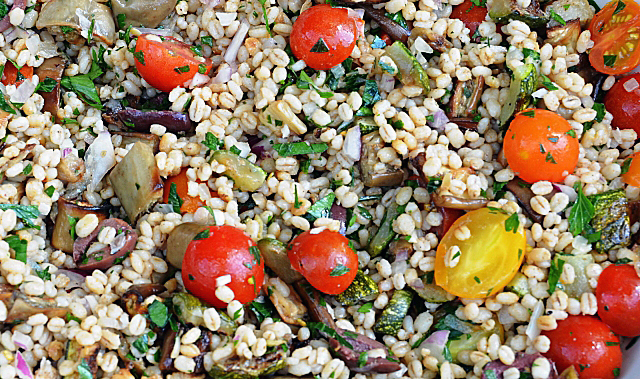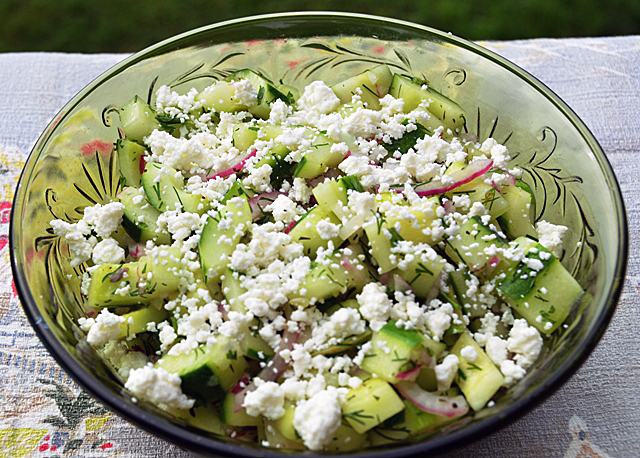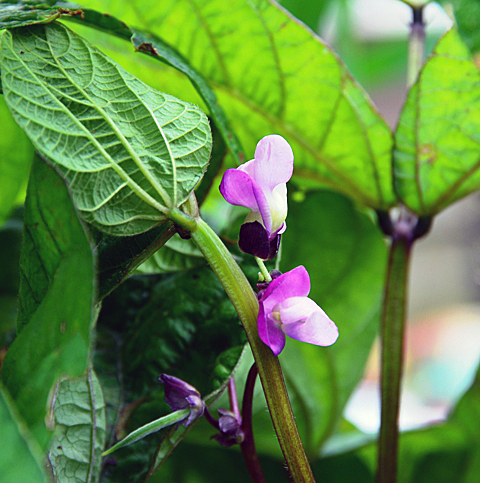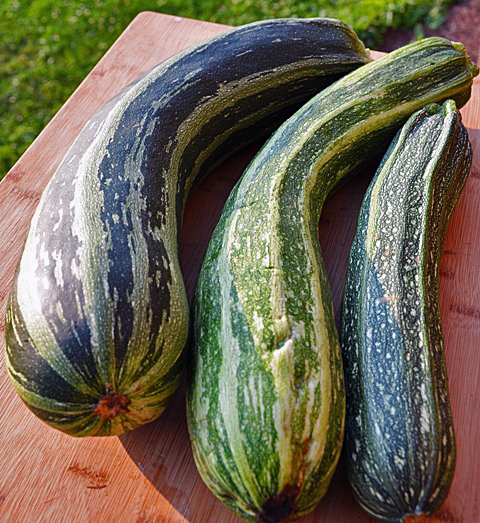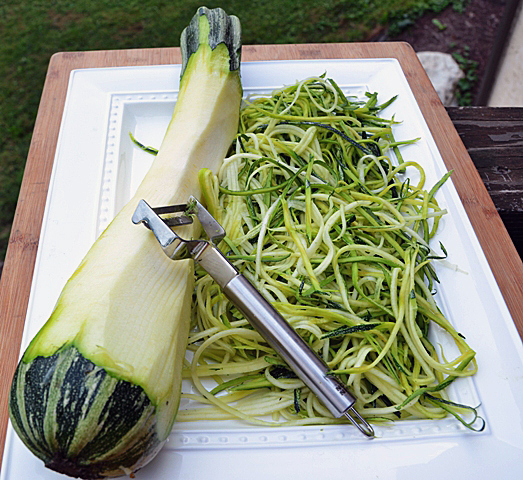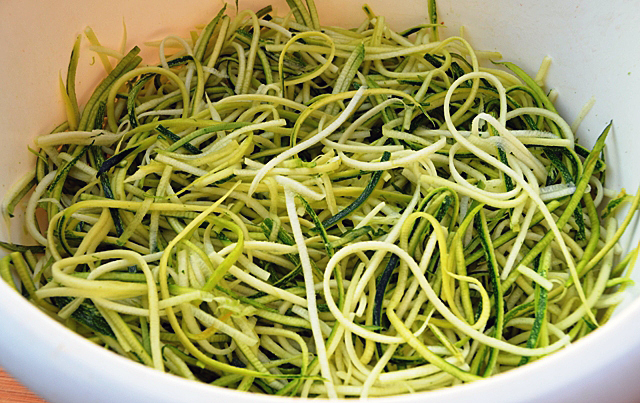As summer’s days are waning I am reminded to take full advantage of our garden’s bounty of beautiful vegetables. The Sweet Gold tomatoes are in abundance now, more than enough to make a refreshing yellow tomato gazpacho. Gazpacho is the signature dish of the Andalusia region of Spain. It descended from an ancient Roman dish of stale bread, garlic, olive oil, salt and vinegar that sustained laborers as they built roads and aqueducts across Spain. The addition of tomatoes and other vegetables didn’t occur until Spanish explorers came to the New World.
Sweet Gold tomatoes are one of a trio of cherry tomatoes called “Garden Candy” available from Renee’s Garden Seeds that we grew this year. I have posted about all three, the orange Sun Gold were part of a pasta salad and the crimson red Supersweet 100’s were combined with pearled couscous. The Sweet Gold tomatoes are quite firm with a dense flesh and crack free compared to the Yellow Pear variety we have grown in previous years. In this recipe I combined them with a yellow pepper and cucumber from the garden along with red onion and garlic. The low-acid tomatoes benefited from a good quality sherry vinegar and little orange juice added acidity and a little sweetness. I kept it light and didn’t add bread or olive oil. This version did not require the oven or stove top. Just a little chopping, a few spins in the blender and a run through the food mill to give the soup a smooth texture. The perfect starter for any summer meal.
Yellow Tomato Gazpacho
Makes about 8 cups
Ingredients
- 3 lbs small yellow tomatoes such as Sweet Gold, cut in half
- 2 cloves garlic
- 1 medium cucumber, peeled, seeded and cut into chunks
- 1 medium yellow pepper, seeded and cut into large chunks
- 1 small red onion, cut into medium chunks
- 1 small hot chile (or to taste) seeded and cut into medium pieces
- 1/3c sherry wine vinegar
- 1/3c fresh orange juice
- Kosher salt and fresh ground pepper
Directions
- In a blender, puree the tomatoes, garlic, cucumber, yellow pepper, red onion, chili, vinegar and orange juice in batches until smooth.
- Strain the mixture through a food mill fitted with a medium disc
- Season to taste with salt and pepper Refrigerate in an airtight container to blend flavors for at least two hours and up to a day.
- To serve, whisk the soup to combine ingredients. Taste the soup and reseason with salt and pepper. Serve in small bowls garnished with contrasting cherry tomato halves .
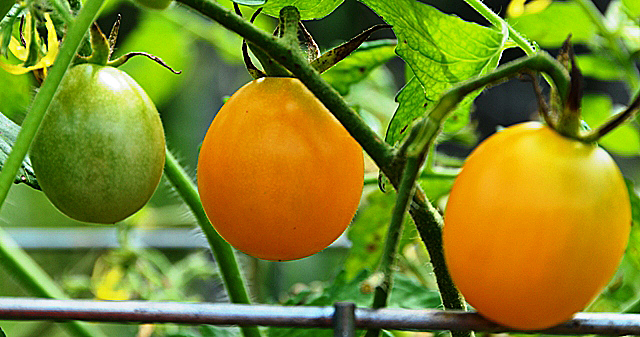
Sweet Golds in various stages of ripeness.
